With lockdowns behind them and summer fast approaching, you’d imagine Brits would be giving more thought to their pits.
But value sales of antiperspirant and body spray are up just 0.1% [NielsenIQ 52 w/e 29 January 2022], suggesting shoppers aren’t feeling inspired to splash cash on smelling great.
Indeed, the deodorant market has “been stagnant for a few years” and become “relatively commoditised”, according to Unilever. That’s why the supplier this week unveiled its three-year mission to return value and excitement to the category.
So, what’s it planning?
Unilever is already the UK’s biggest player in deodorant, commanding a market share of around 60% through its Sure, Lynx and Dove brands. The category’s big three are worth a total of £239m. They will be central to the supplier’s ambitions to shake things up through “a series of new ground-breaking, technology-driven products”.
The first such products are already rolling out. Chief among them are Sure Nonstop Protection and Sure Maximum Protection aerosols – providing 72-hour and 96-hour sweat protection respectively. Plus, Nonstop Protection’s proprietary MotionSense tech releases a burst of fragrance as the wearer moves.
The two Sure launches mark the brand’s “biggest upgrade in antiperspirant technology in 30 years” Unilever adds. They feature “smaller, stable, more efficacious anti-perspirant complexes” that form a stronger barrier against sweat.
The result of around 10 years’ R&D, they went into active development about a year ago at the supplier’s dedicated deodorant labs in Leeds – where products are vigorously tested. That includes making volunteers sweat for an hour in 40-degree heat at 40% humidity. (There’s also a team of people who can rate the underarm stickiness of a deodorant by feel alone.)
Protection from sweat and its resulting odour is the biggest driver of deodorant sales, says Unilever marketing director for deodorants Monique Rossi. But 67% of antiperspirant users “still experience wetness at key moments”.
Understanding the science of sweat, therefore, is critical to Unilever’s pipeline of innovation. The average human releases about one litre of sweat per day – with around 10ml coming from their armpits. The sweat itself has no detectable scent; body odour is created by the sweat mixing with the bacteria everyone has on their skin. It’s an issue that can be easily solved by the addition in deodorants of bug-killing ingredients.
More complex is the solution to armpits of light-coloured shirts turning yellow. It’s a common complaint among roll-on users – caused by factors including the body’s natural oils, the deodorant and choice of laundry detergent – and it’s “a big challenge” says Dr Stuart Hill, EU deo R&D deploy manager at Unilever.
Yellow pits aside, the supplier is confident it can reinvigorate deodorant. “If anyone can do it, it’s us,” says Rossi, pointing to Unilever’s “unparalleled R&D expertise”, “powerful brands” and “amazing consumer understanding”.
It’s that understanding that has led to the supplier developing a new bay for the personal care aisle – one that makes shopping for a deodorant more efficient and encourages trade-up. Typically, a current bay can be confusing and time-consuming. Indeed, an average consumer spends almost a minute and a half selecting a deodorant, says Unilever.
Its overhauled bay is designed to speed up that particular shopping mission. Sprays, roll-ons and sticks are ranged by need state. Sweat protection, fragrance and skincare each get a segment, ranged from the floor up in ‘good, better and best’ tiers. That puts own-label SKUs at the bottom and the likes of Unilever’s new Sure Maximum Protection near the top.
Such attention to detail suggests the supplier is sweating the small stuff – so that punters can avoid sweating at all.




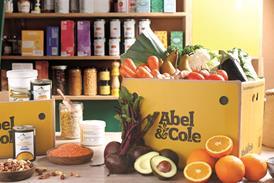
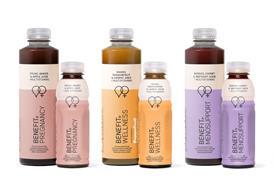


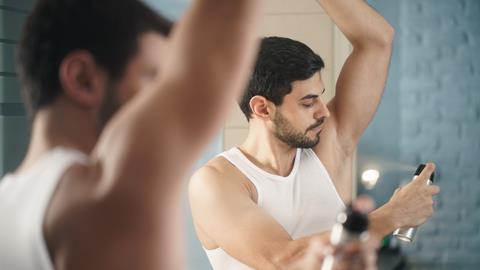

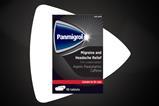
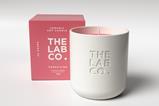

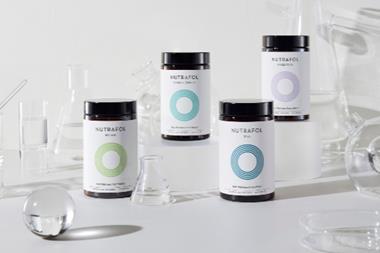
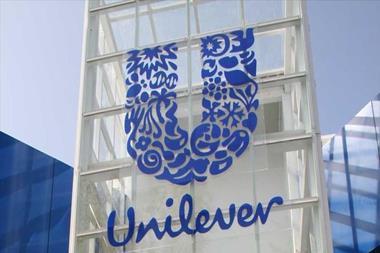



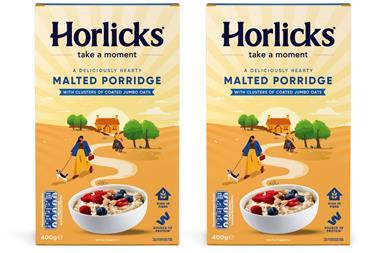

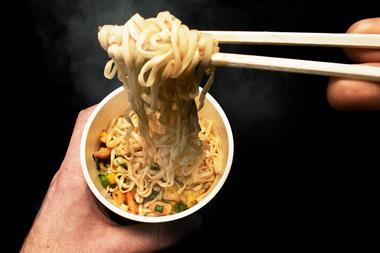
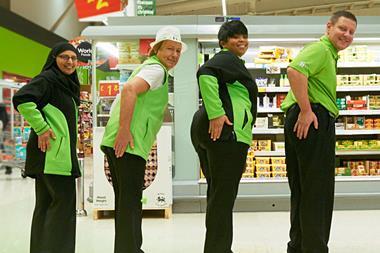
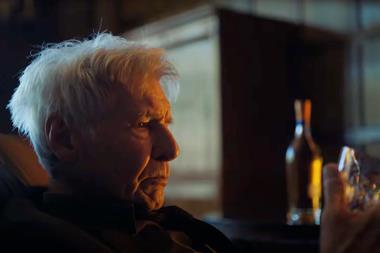

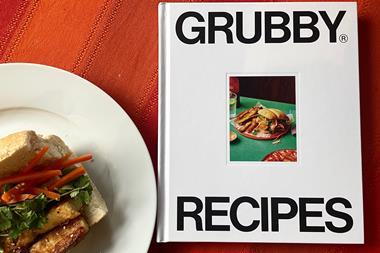
No comments yet